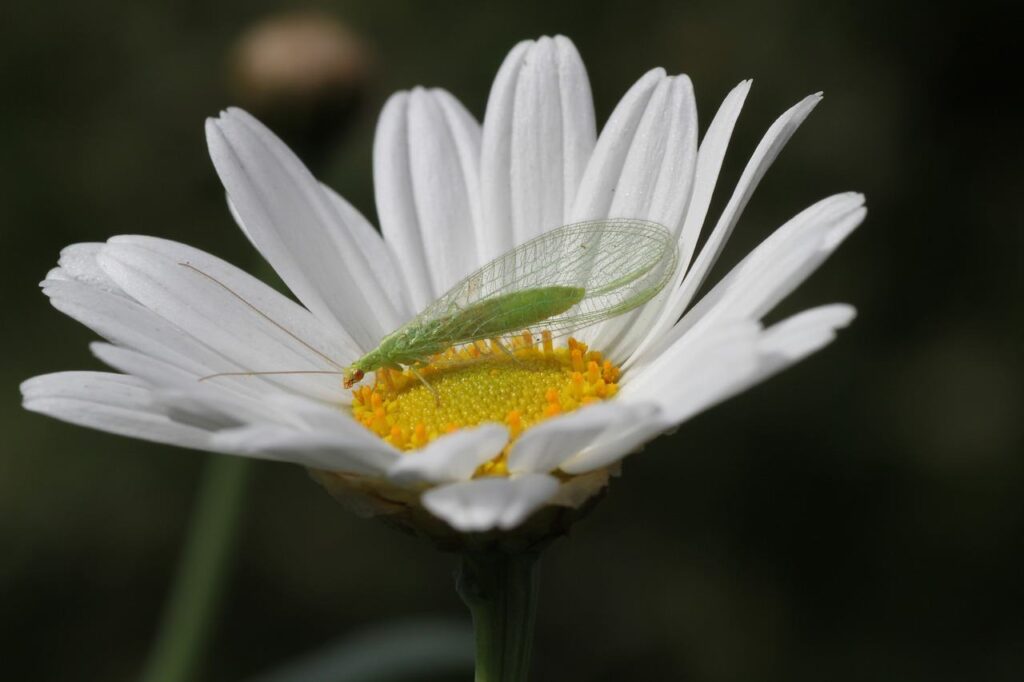What are beneficial mites and insects?
Beneficial mites and insects, often referred to as “beneficials,” are small invertebrates that help control unwanted pests and pollinate crops. Farmers use these helpful organisms to maintain healthy crops while minimizing the use of harsh chemical pesticides. By supporting beneficials, we can protect the environment and ensure a sustainable food supply.
What types of beneficials are there?
Most people are familiar with ladybugs and praying mantises as beneficial insects, but a wide variety of invertebrates play crucial roles in maintaining and protecting crops. Beneficials come in all shapes and sizes, from microscopic mites to large bumblebees. They generally fall into three categories: predators, parasitoids, and pollinators, each targeting specific pest species or issues. Farmers can purchase beneficials in the thousands or even millions to release on their crops, effectively combating pests and promoting healthy growth.
Beneficials are packaged differently depending on the type. Mites are typically raised in a loose bran substrate, which can either be sprinkled over crops or placed in sachets for slow release. Lacewings and ladybugs can be purchased as eggs, larvae, or adults, but larvae are the most effective predators, as they require a substantial amount of food to grow. Parasitoid wasps are sold as developing larvae inside their host’s shell, while bumblebees are provided in cardboard hives. This variety in packaging ensures that each beneficial organism is delivered in the most effective form for pest control and crop enhancement.
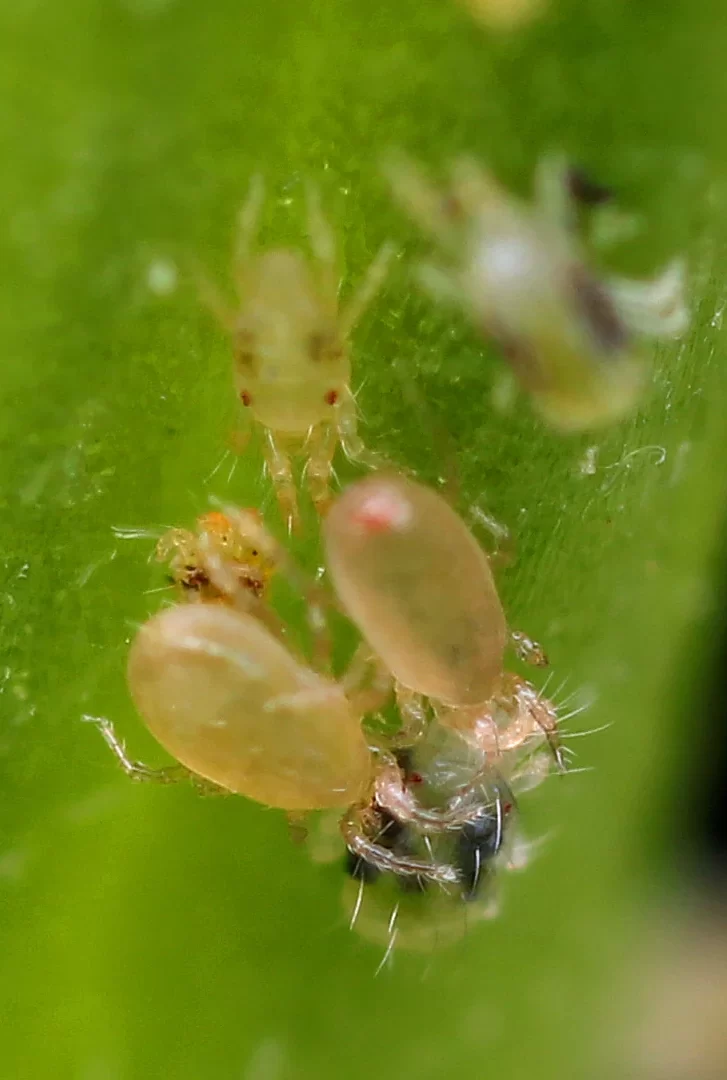
Predators
Predators are the most common type of beneficials used in pest management, typically controlling pests by consuming their eggs and larval stages. Common predators include ladybugs, lacewings, Orius, Delotia, and predatory mites. The choice of predator often depends on the specific type of pest being targeted. Lacewings and Orius are voracious generalists that will eat a wide range of pests, including thrips, whiteflies, mealybugs, and even each other. Delotia are soil-dwelling beetles that specialize in controlling soil pests such as shore flies and thrips, while most ladybug species primarily feed on aphids. Interestingly, a type of ladybug called Cryptolaemus specializes in mealybugs; its larvae even resemble mealybugs, allowing them to blend in with their prey!
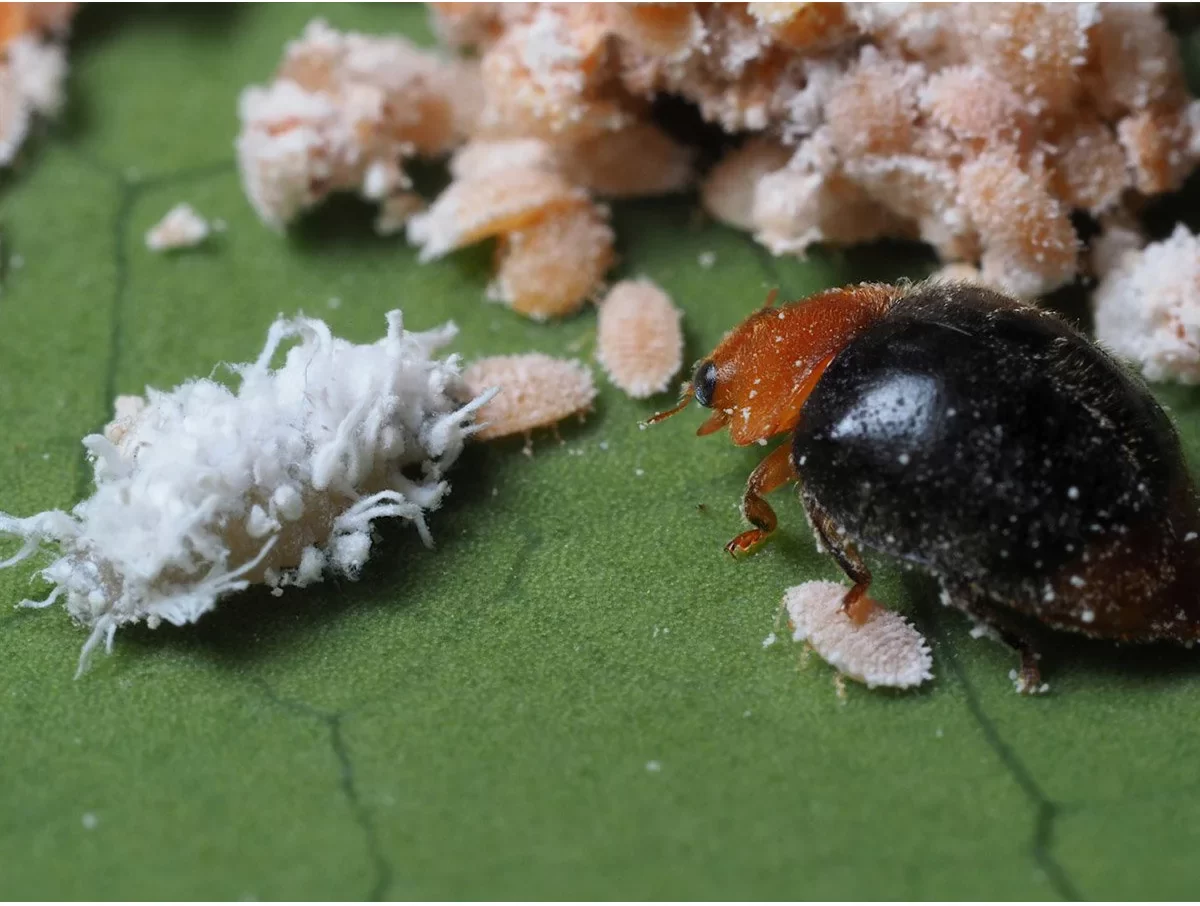
On the even smaller side, predatory mites are incredibly diverse, with about a dozen species commonly used for pest control. Although they are often grouped together with beneficial insects, they are not insects but arachnids, like spiders and scorpions, and have eight legs as adults. Some species, such as Cucumeris and Swirskii, are generalists that feed on various small pests, including thrips, whitefly eggs, and spider mites. In contrast, other species are strict specialists like Persimilis which only eats spider mites.
For growers, it’s crucial to accurately identify the pests present in their crops to select the most effective predator species for control. This targeted approach maximizes the benefits of using biological pest management.
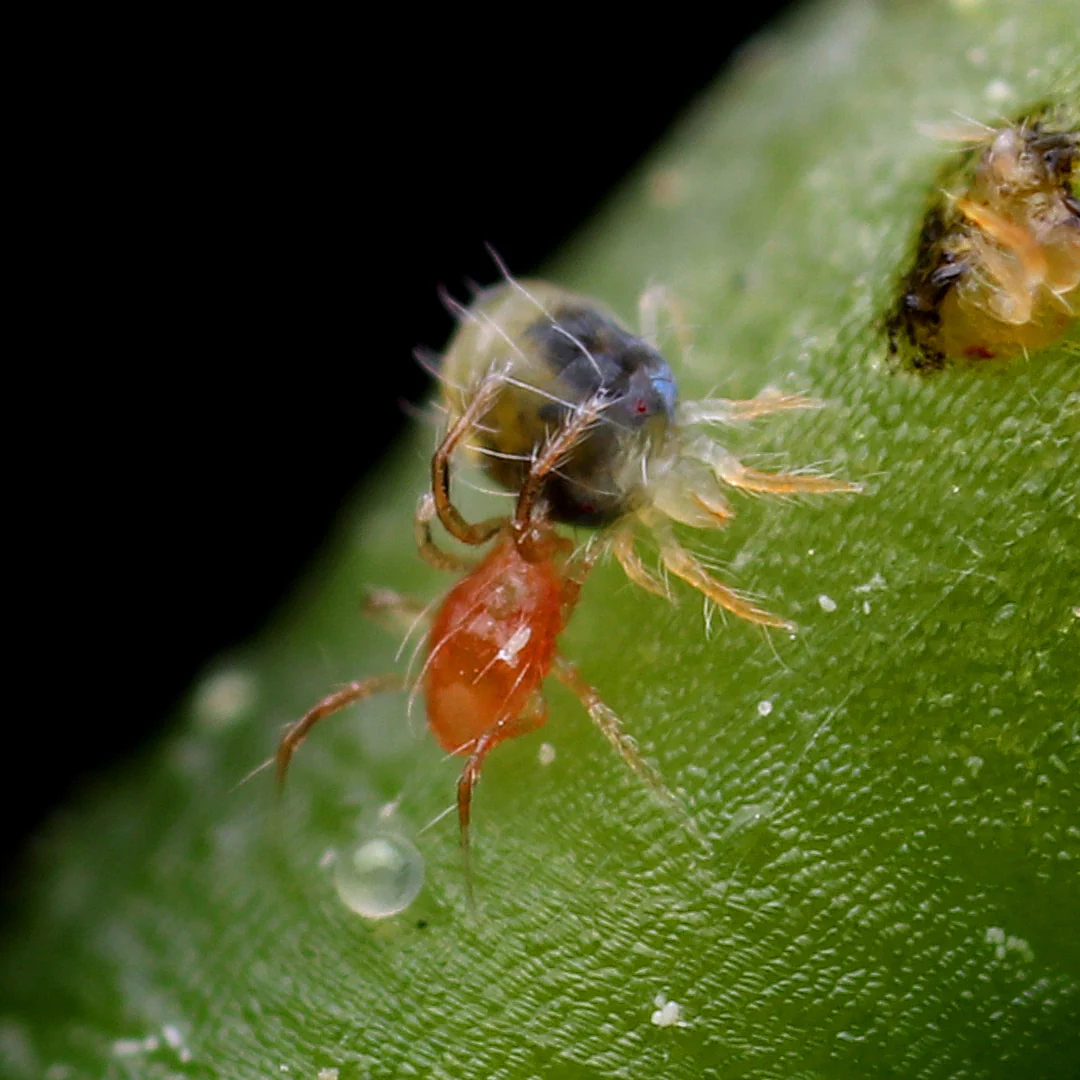
Parasitoids
Firstly, you may be wondering about the difference between a parasite and a parasitoid. A parasite lives on or inside a host and takes nutrients from it. While this is a negative relationship for the host, the host remains alive as long as the parasite is present. In contrast, parasitoids are organisms that lay their eggs inside a host killing it in the process. Once the eggs hatch, the developing larvae feed on the host until they mature. This relationship is more lethal, as the host is only needed for a short period during the larvae’s development. For biological control, parasitoids are generally more effective than parasites because they can quickly eliminate pest populations. By targeting specific pests and ensuring their rapid decline, parasitoids contribute significantly to sustainable pest management strategies.
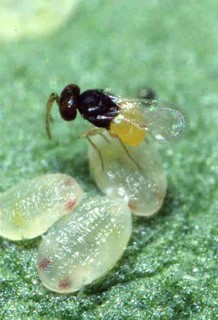
Many different species of parasitoid wasps are used in pest management because each species specializes in its host. Some wasps, such as Trichogramma, which parasitizes moths and butterflies, lay their eggs inside the eggs of their targets, where the larvae grow, feeding on the caterpillars until wasps pupate and hatch out as adults. Other wasps target later stages. Aphidius and Ervi females use their ovipositors to lay eggs inside adult aphids, after which the aphids become mummy husks that the larvae develop in. Encarsia and Eretmocerus lay their eggs inside of whitefly larvae, and the baby wasps feed off the whitefly’s insides and use their exoskeletons as protective shells. Other than wasps, nematodes—microscopic soil-dwelling worms—are also used to parasitize pests that lay their eggs in the soil, such as thrips and fungus gnats. Steinernema nematodes enter the bodies of pests through natural openings, then release a symbiotic bacteria that quickly kills the host and allows the nematode to feed on the host’s insides.
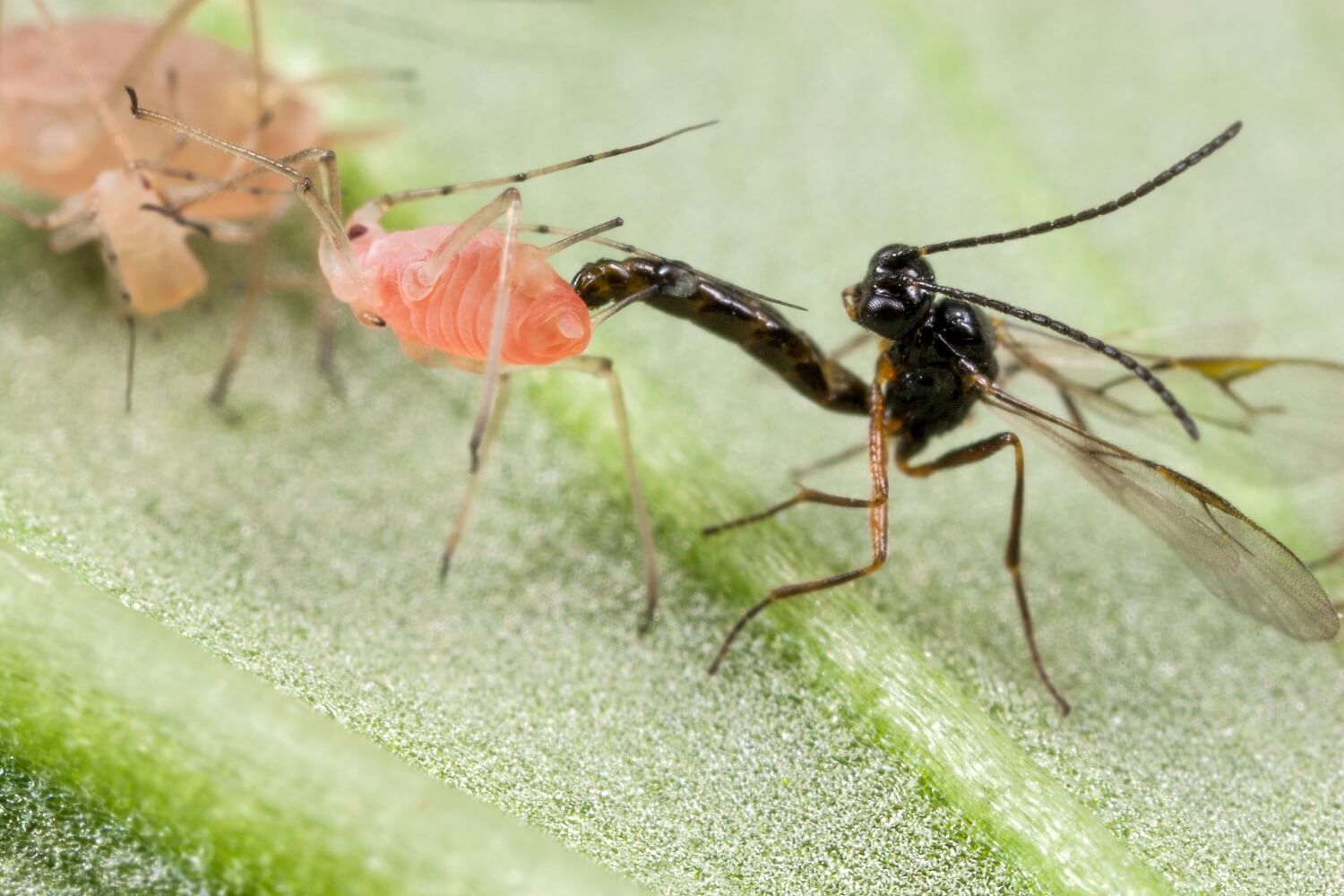
Pollinators
The most common pollinators used by growers are honeybees and bumblebees. Honeybees are good generalists and will pollinate most flowers, but bumblebees are particularly effective in greenhouses for pollinating crops such as tomatoes, peppers, and berries, which would otherwise have to be pollinated by hand. Bumblebee hives with only workers can be purchased for the growing season, so farmers don’t have to worry about maintaining the hive all year. Bumblebees are also excellent pollinators because, unlike honeybees, they are not as motivated by nectar. Honeybees prefer flowers that provide sugary nectar for making honey, while bumblebees seek out the pollen itself, which they use to build their hives. Although bumblebees do consume nectar, they don’t need as much because they don’t store it as honey. Bumblebee hives do not overwinter; only queens hibernate through the winter, and then they start a new colony by themselves when spring arrives.
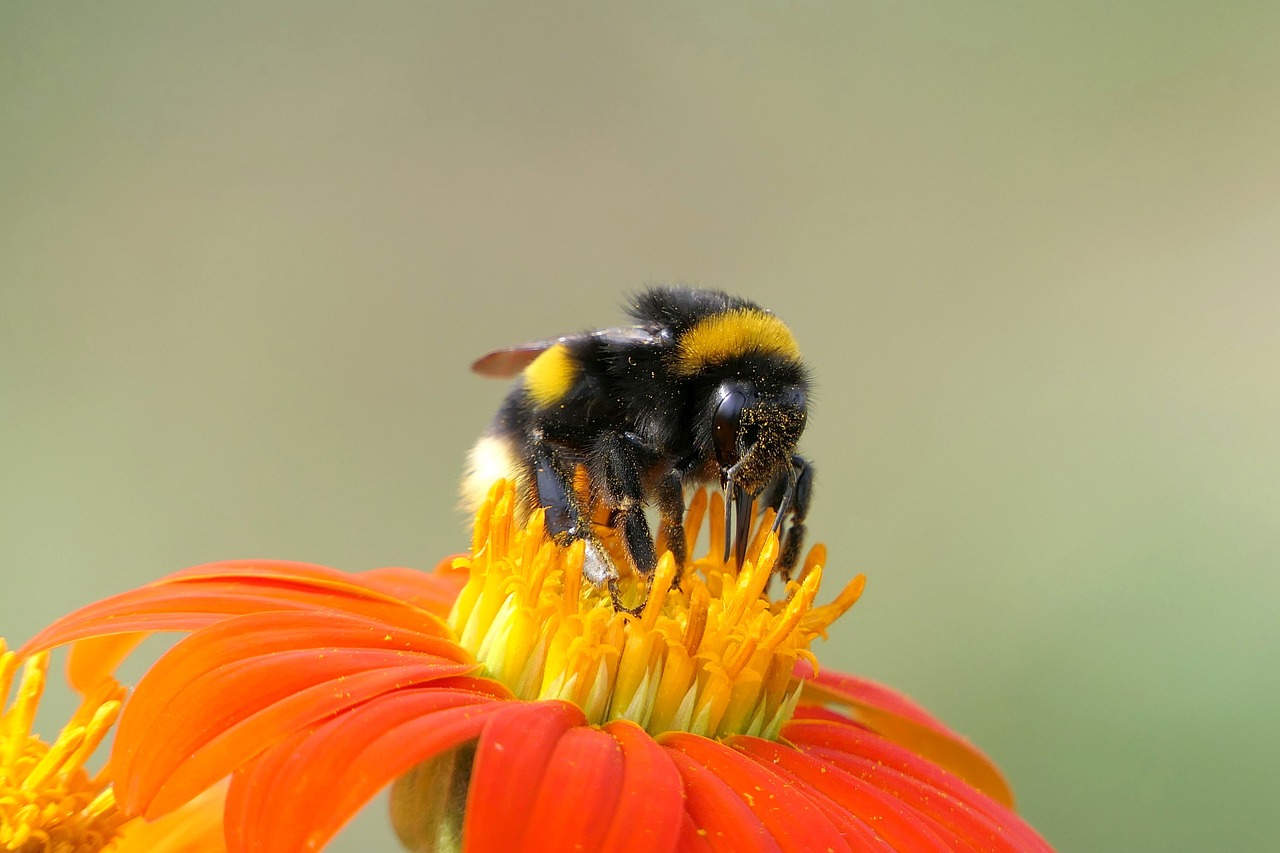
Why should we use beneficial?
Beneficial mites and insects are a natural form of pest control that supports sustainability and healthy ecosystems. Beneficials are most effective when used as a preventative measure or at the initial stages of pest appearance, as this allows them time to establish and grow alongside the pest species. The goal with beneficials is not to completely eradicate all pests but to keep their populations low enough to prevent significant damage to plants. Over the long term, beneficials are often more effective than pesticides at managing pest populations because they maintain a stable and low level of pests. While pesticides can quickly eliminate a pest, their initial effectiveness is short-lived; pests can reappear as soon as two to three weeks after application. This is partly because pesticides also kill beneficials that help control pest populations and eliminate competition from other species. Additionally, many pests are developing resistance to pesticides, meaning that some individuals can survive treatment and quickly repopulate. As a result of this resistance, farmers often resort to applying stronger pesticides more frequently, which can be harmful to both the environment and human health. In contrast, pests can not develop resistance to beneficials, making beneficials a more sustainable option for long-term pest management. To keep our planet healthy, we need to work with natural systems rather than against them. Understanding natural species interactions allows us to utilize nature for our benefit.
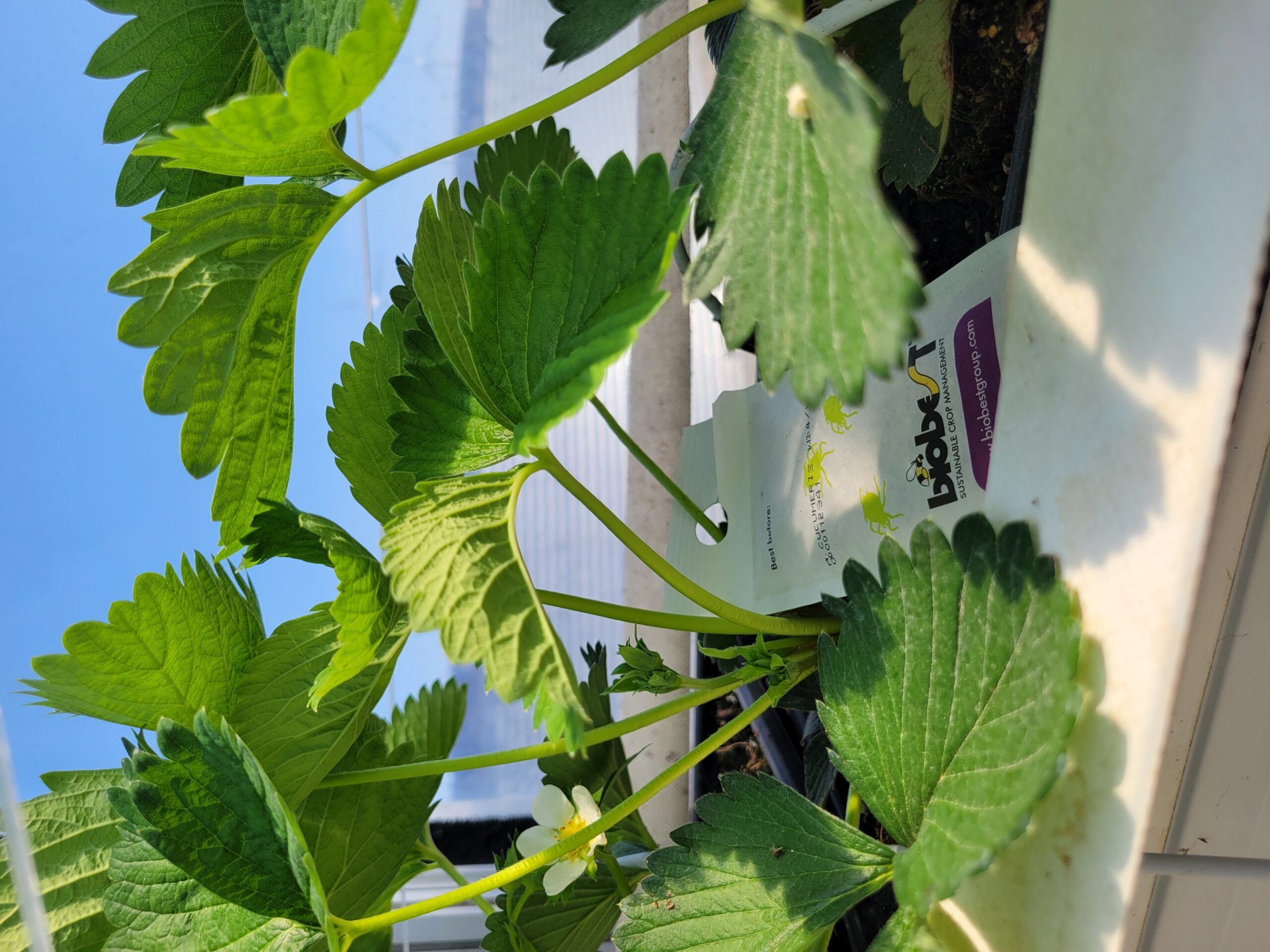
What is integrated pest management?
Integrated Pest Management (IPM) is an agricultural approach that emphasizes long-term prevention of crop damage through a combination of strategies. IPM specialists assess the specific conditions of each crop and employ a mix of cultural, mechanical, biological, and chemical techniques to promote plant health while minimizing environmental impact. Beneficial organisms are just one component of this system that helps to sustainably grow crops. In IPM, natural solutions are prioritized, with chemicals used only as a last resort and at the lowest effective dose. IPM specialists and farmers will identify pests before they start treatment to ensure they are only targeting pests present. Human health, nontarget organisms, and the environment are all taken into consideration when IPM strategies are applied. As humanity becomes increasingly environmentally conscious, the importance of IPM continues to grow as do the components that make it possible.
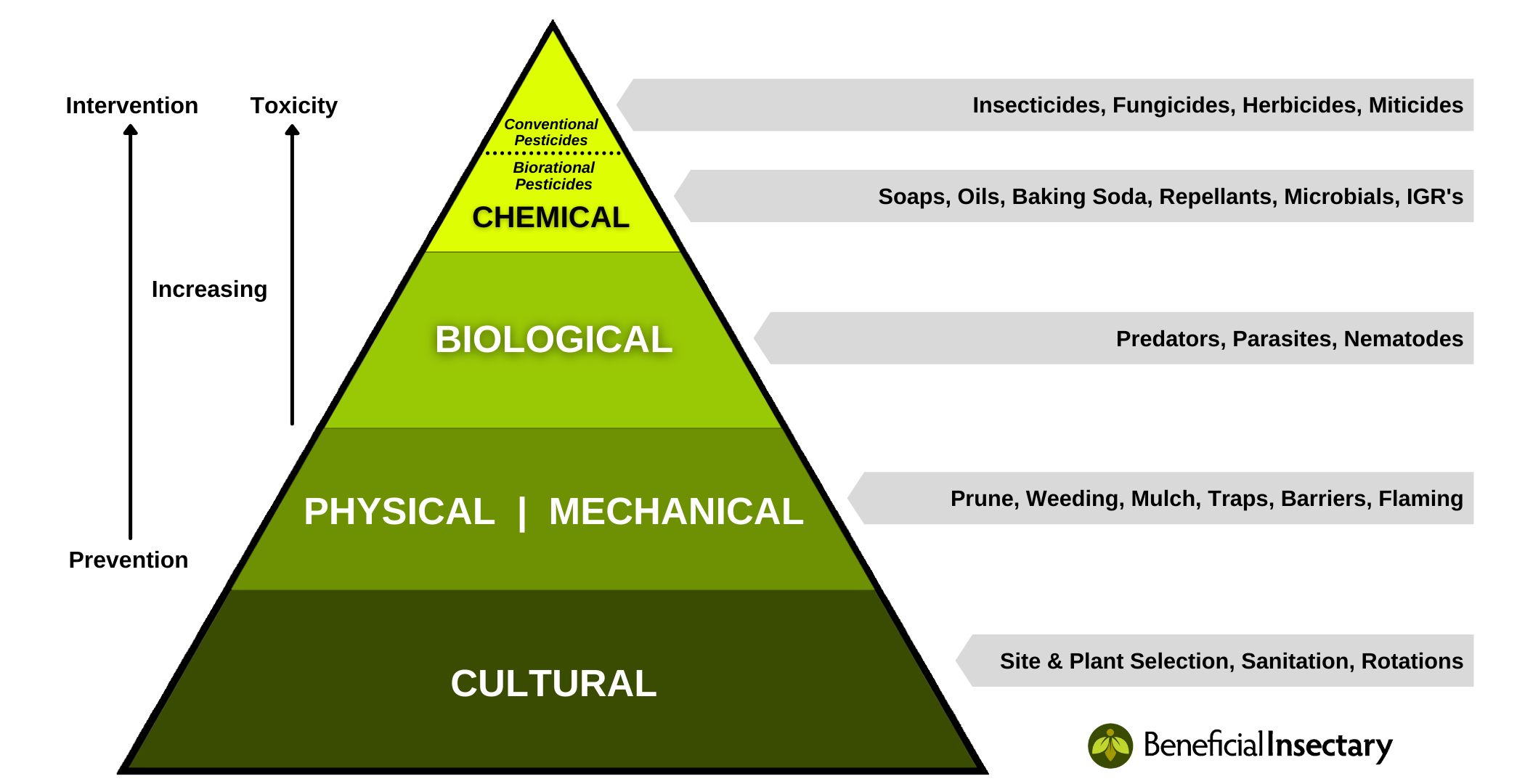
References
Beneficial Insectary. “What is IPM?” https://insectary.com/ipm/
IVEZIĆ, A., TRUDIĆ, B., & DRAŠKIĆ, G. (2022). The usage of beneficial insects as a biological control measure in large-scale farming – a case study review on Trichogramma spp. Acta Agriculturae Slovenica, 118(2), 1–13. https://doi.org/10.14720/aas.2022.118.2.2402
Patterson, R., & R. Ramirez. (2012). Beneficials: Predatory Mites. https://extension.usu.edu/planthealth/uppdl/files/factsheet/beneficials-mites.pdf
Trisnawati, I., & A. Azis; (2017). The effectiveness of habitat modification schemes for enhancing beneficial insects: Assessing the importance of trap cropping management approach. AIP Conf. Proc. 1854 (1): 020038. https://doi.org/10.1063/1.4985429
Tudi M, Daniel Ruan H, Wang L, Lyu J, Sadler R, Connell D, Chu C, Phung DT. Agriculture Development, Pesticide Application and Its Impact on the Environment. Int J Environ Res Public Health. 2021 Jan 27;18(3):1112. doi: 10.3390/ijerph18031112

